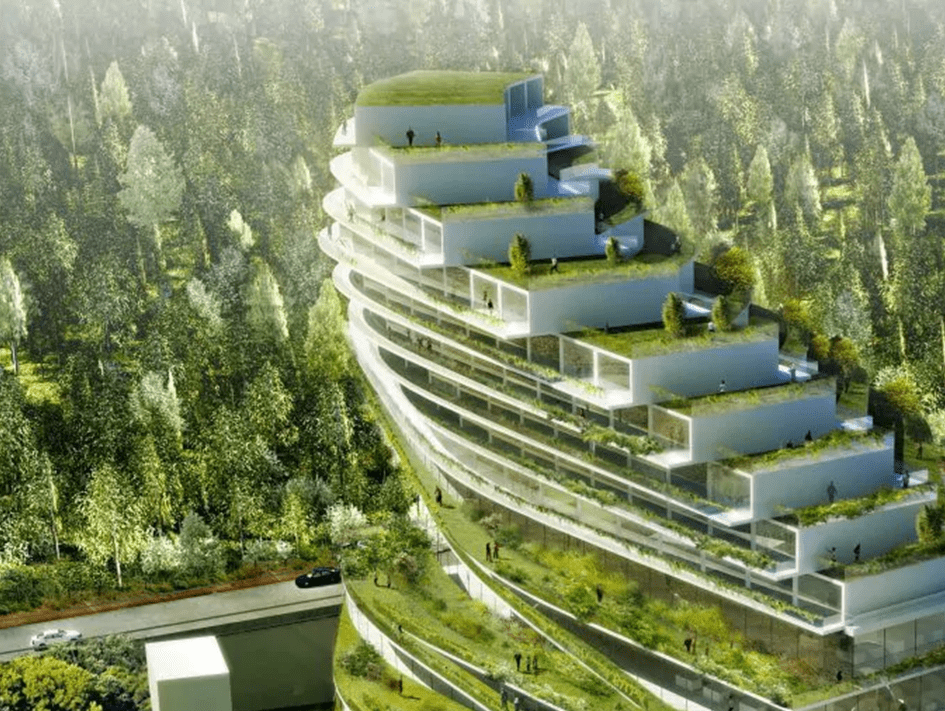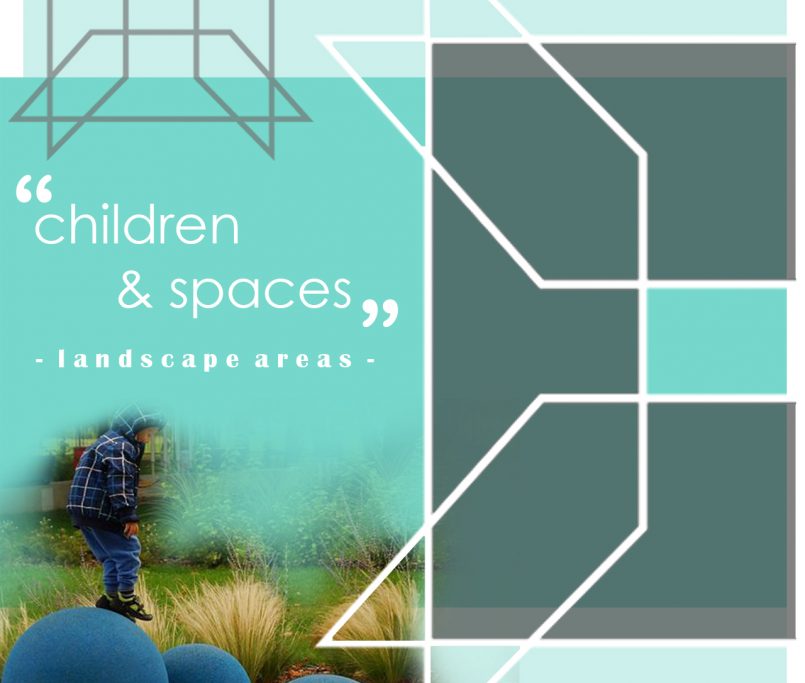Green Architecture
With the increase of problems such as environmental pollution, global warming, and decreasing resources, concepts such as green, environmentalism, and sustainability have become popular. However, in the field of architecture, these terms are not consciously used, whether experts or not. We often hear definitions such as green building, sustainable building, eco-friendly building, high-performance building, smart building, etc. in the market, and even these words are sometimes used interchangeably.
As an Ankara-based architecture office, we prepared this article to raise awareness about the topic. In the introduction, we will distinguish between green architecture and sustainable architecture, and in the rest of the article, we will explain the components of green architecture.
The English word for “sürdürmek” is “sustain,” and its Latin root is “sustenere,” meaning to maintain, to keep going, or to continue. Sustainable architecture considers the entire life cycle of a building, including planning, design, construction, operation, maintenance, and demolition. Efficient use of resources, recycling of waste, user health and comfort, and the building’s operational and maintenance needs are all evaluated throughout the process. Like a spaceship, a building is also considered as a closed system that can sustain its existence without harming anyone or anything else, and without relying on external resources, we can give an example.
Green architecture encompasses the criteria of sustainable architecture. A sustainable building is also green, but the opposite cannot be said for every green building. Green buildings focus on environmental sustainability during the design and construction phases of a building’s life cycle. The LEED certifications given to buildings by the U.S. Green Building Council evaluate how energy, water, and materials are used, among other criteria.
A building with solar panels on its roof or one that filters water for reuse can be considered green. However, if we ask whether this building is sustainable, a much broader perspective is needed. Who will use the building, how was it designed and constructed, how were all the materials used in the building produced, how will the maintenance and operation of the materials and systems used in the building be carried out, and how will the building’s components be evaluated after demolition? It is necessary to consider the energy, water, human effort, and cost involved in all these questions of how.




